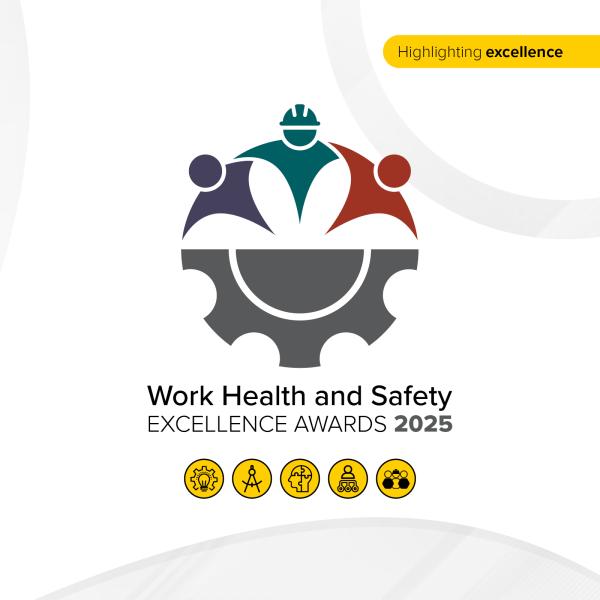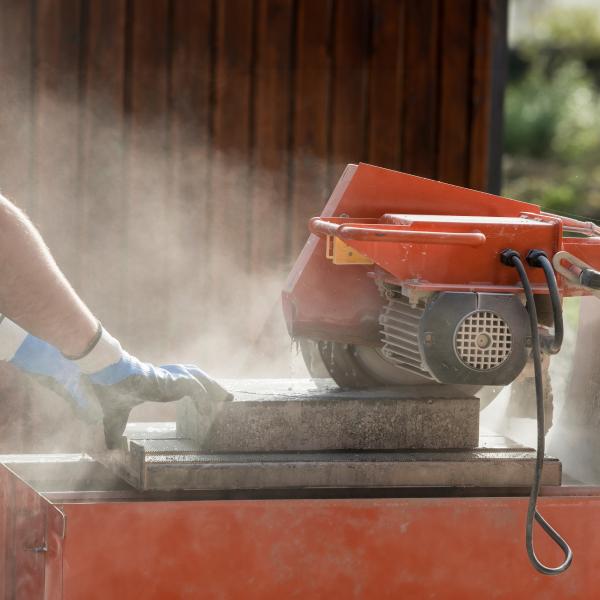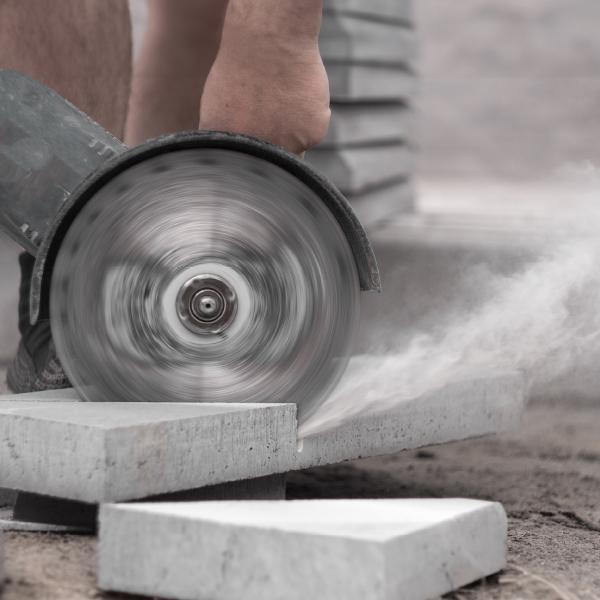
Silica
Silica including crystalline silica, duties and how to manage exposure risk in the workplace.

Asbestos
Asbestos safety, asbestos removal and managing asbestos risk in the workplace.
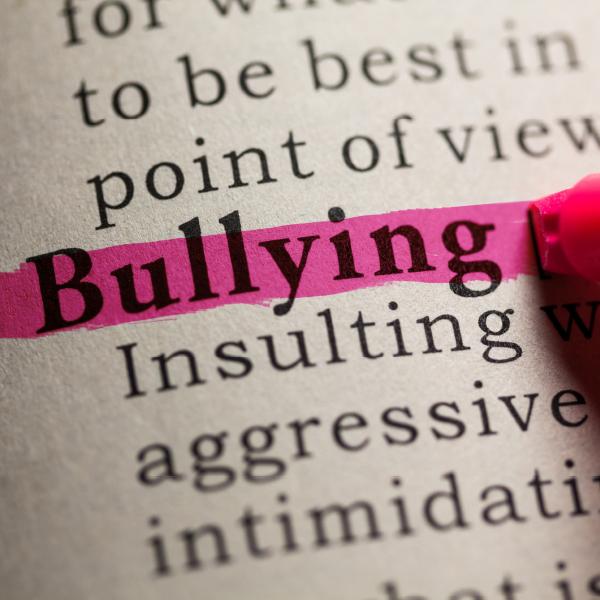
Bullying
Workplace bullying and its impact on health and safety and how to manage the risks of workplace bullying.
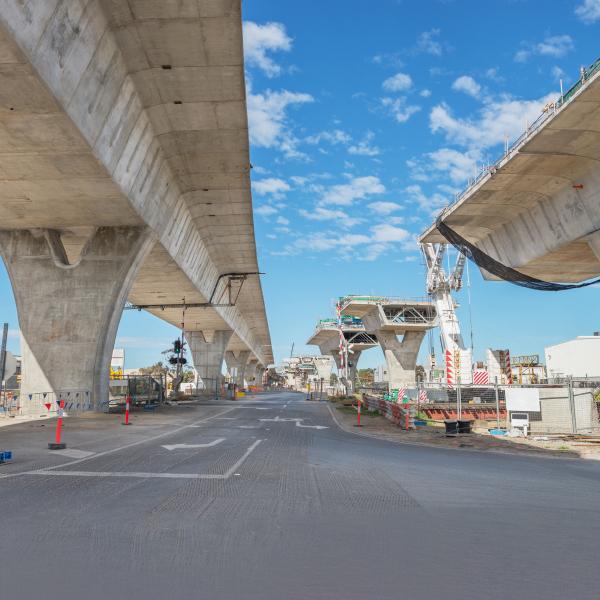
Construction and demolition
Information for the construction industry including demolition and infrastructure construction.
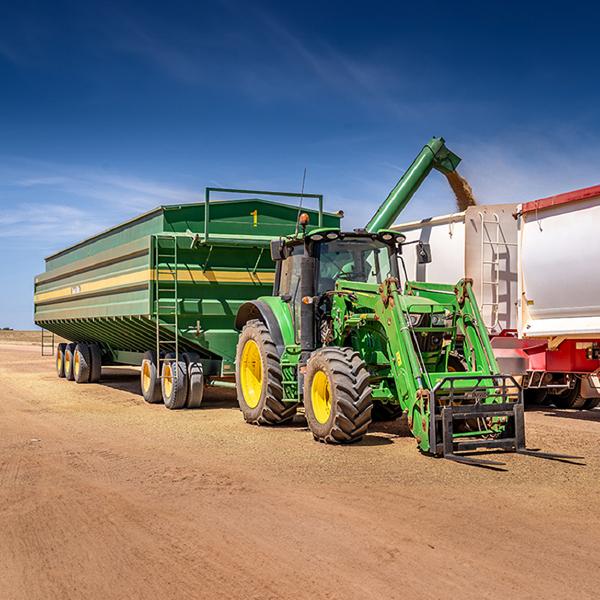
Plant, machinery and equipment
Types of plant including safe practices when working with or near plant, machinery or equipment.

HSR Matters (Opens in a new tab/window)
A digital platform where elected health and safety representatives obtain resources, share information and engage with their peers.
News and alerts
Alcoa fined $400,000 after caustic spill injures workers
Alcoa of Australia Limited was today fined $400,000 and ordered to pay costs of $5536.70 after workers received burns from an uncontrolled release of caustic so
Landscaping company fined $175,000 over serious injury to worker
A South-West landscaping company has been fined $175,000 (and ordered to pay $6000 in costs) over an incident in which a worker was seriously injured.
Timber company fined $385,000 over worker injury
A timber processing company has been fined $385,000 (and ordered to pay $5976.70 in costs) after a worker was seriously injured in 2022.



